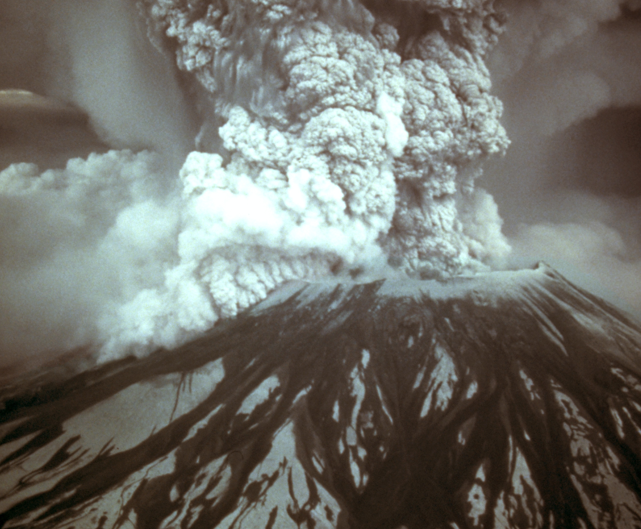Science News
Volcano Crystals
May 30, 2012

What if scientists could predict a volcano's eruption and the severity of its effects?
Over 500 million people live close to volcanoes that could erupt with little or no warning. Many of the volcanoes are monitored for changes in seismicity (such as small earthquakes and steam release) or ground deformation, but volcanologists have difficulty linking observations at the surface to processes occurring underground.
But Kate Saunders, a volcanologist at the University of Bristol, is taking a CSI Volcano approach to understanding these processes. She and her colleagues used forensic-style chemical analysis to discover direct links between seismic observations of the deadly 1980 Mount St. Helens eruption and crystal growth within the magma chamber, the large underground pool of liquid rock beneath the volcano.
The scientists studied zoned crystals, which grow concentrically like tree rings within the magma body. Individual zones have subtly different chemical compositions, reflecting the changes in physical conditions within the magma chamber giving scientists insight into volcanic processes and the timescales over which they occur.
Chemical analysis of the crystals revealed evidence of pulses of magma into a growing chamber within the volcano. Peaks in crystal growth were found to correlate with increased seismicity and gas emissions in the months prior to the eruption.
“Such a correlation between crystal growth and volcanic seismicity has been long anticipated, but to see such clear evidence of this relationship is remarkable,” explains Saunders. Her research is published last week’s edition of Science.
These crystals can’t act like a “crystal ball” for predicting eruptions because they aren’t ejected until the volcano blows. But Scientific American reports that:
Even though crystals from volcanic ejecta can only offer a window into past eruptive behavior, researchers hope that studying such minerals will provide a clearer picture of volcanic behavior overall.
Saunders and her team hope that this forensic approach can be applied to other active volcanoes to shed new light upon the nature and timescale of pre-eruptive activity. It can also help scientists evaluate monitoring signals at restless volcanoes to improve forecasting of future eruptions.
Image of Mount St. Helens: USGS